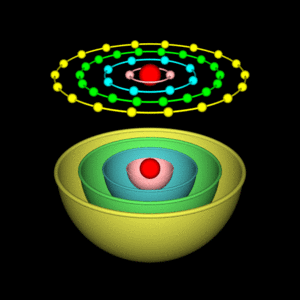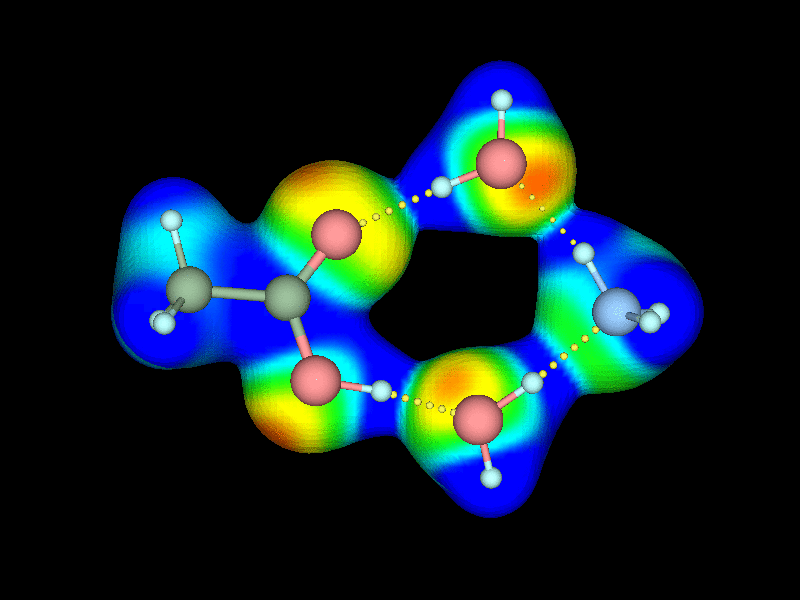_ Department of nano reactors and (electrical conduction)
Investigating the structure and types of nanoreactors in the catalytic process (electrical conduction)
Researcher and author: Dr. ( Afshin Rashid)
Note: Nano reactors are one of the catalytic systems. One of the applications of nano reactors in electronic conduction are porous materials whose dimensions are smaller than 011 nm.
Nanoreactors are very diverse. Simple or complex, organic and inorganic materials with electrical conductivity, volume and cavity of tissues are used as nanoreactors. Unlike microreactors, the reaction space inside nanoreactors greatly affects the movement and interactions between molecules inside it. Therefore, the nanoreactor is not just a simple container and plays an important role in the electrochemical process. Nano reactors are relatively new materials, but different processes of nano reactors have been used in nature for a long time. Conducting electrochemical reactions in limited spaces with nanometer dimensions and micrometer volume leads to changes in the kinetics and path of the entire process. Such limited spaces that are used to carry out specific electrochemical reactions are called nanoreactors. Nanoreactors are very small chambers with nanometer dimensions, which have great potential to improve electrochemical conversions by protecting catalysts from environmental influences and enclosing reactants and catalysts in a small space for a long time . Actually, nano reactors are porous materials, one of their dimensions is on the nano scale.

_w4hx.jpg)
Countless and simultaneous reactions in the cells of living organisms are also based on this principle. Therefore, diverse biological and chemical structures that have the characteristics of a nanoreactor are used. The reason and advantages of using reactors and nanoreactors on a macroscopic scale is a chambered chemical reactor that makes it possible to carry out a reaction in a certain volume. One of the advantages of using a reactor is the possibility of precise control of reaction conditions such as solvent, temperature and stirring speed. On the micro and nano scale, chambers can be created that separate a specific volume of the reaction mixture from the medium bulk environment . If a chemical reaction is enclosed in such a chamber, then this chamber is called a nanoreactor. The advantages of using nanoreactors include more control over the reaction, selectivity, separation of porous materials, and electronic conduction of nanomaterials from the bulk environment, followed by reducing the toxicity of the system or increasing the stability of the catalyst and its ideality. noted in electrochemical processes due to their small size.
Conclusion :
In general, nanostructured materials with specific size, shape and geometry have unique and different properties from bulk materials. By using reaction environments with nanometer and micrometer dimensions, they can produce new nanomaterials with interesting and remarkable properties. In general, nanoreactors are chambers with nanometer dimensions in which chemical reactions can be performed. Of course, nanoreactors are also part of the reaction in a way, and this is their main difference from microreactors. One of the useful solutions to achieve the environment of nanoreactors is the use of porous materials, therefore, due to the importance of the topic of nanoreactors, the porous structures of silicate and zeolite are among the most prominent and widely used compounds of this group .
Researcher and author: Dr. ( Afshin Rashid)
Specialized doctorate in nano-microelectronics



